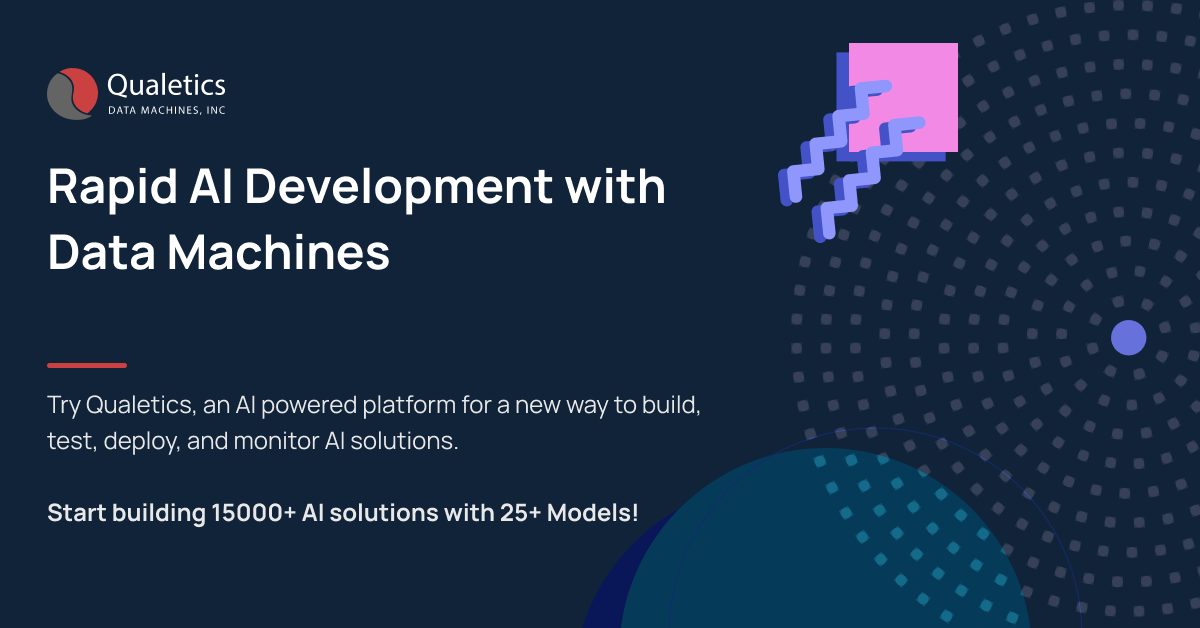What APM tools don’t do well and where can AI help?
Application Performance Monitoring (APM) is one of the most important aspects of understanding and managing your applications. Having a good APM solution is critical for any team or business that wants to improve their application’s performance.
Definition: What is an APM solution?
APM is a software solution that allows you to capture information such as
- about the performance of your application and server stack
- infrastructure metrics related to CPU, Memory, Storage, and I/O
- database metrics related to the queries being executed
- application and server error logs
- network traffic metrics such as the number of concurrent users and connections
- Impact of new deployments or code changes on the performance of your app
An APM tool can be used to monitor any type of application, including web applications, mobile apps, databases, and client-server applications. It is essentially a system that collects data from the target application and analyzes that data to find out if there are any performance issues.
How do APM Tools or Solutions work?
APM solutions can monitor the performance of an application’s functional or technical components and provide alerts on their status. The goal is to help developers and infrastructure teams identify performance bottlenecks, errors, and faults in the software, as well as provide timely information about the application’s health. Some APM tools have agents installed on the monitored servers, while others rely on data collected from existing infrastructure, including OS logs, database logs, and other sources.
As with many software development tools, there are numerous providers offering APM solutions. While they may vary in user interface and feature sets, they all offer a few similar components such as:
- Agents listen for specific events or actions within your application and send the information to the dashboard for viewing.
- Dashboards display key performance indicators (KPIs), such as response time, number of errors, and number of requests per second in a single view.
- Alerts notify you when thresholds are met so that you can take action to fix problems before they impact end users.
- Reports enable you to track trends over time so as to optimize the performance of your product.
What can APM tools do well?
Application performance management encompasses a range of activities related to maintaining the health of an application and in understanding the overall health of your application and server stack, they do the following tasks well –
Understanding the What
- By monitoring at a server level as well as application, the APM tools can help identify what applications and server components are in use at any given point in time. They will help IT and development teams, monitor servers for availability, response time, and response codes in order to identify any potential problems affecting a target application. It will also monitor the behavior and performance of the target application itself, looking for anomalies or exceptions that may indicate a problem within the code that needs to be fixed.
Understanding the Why
- The development team can see if the source code is causing any issues and fix them before they reach production.
- System administrators can see the performance bottlenecks in their infrastructure and work on improving it before users start complaining about slowness.
Understanding the How
- The tools provide a detailed picture of how events transpired while applications and servers are being used. In situations where critical issues occur impacting users, IT teams and developers can use the information provided in APM tools to identify the steps to reproduce the specific issue that may have impacted user(s). In certain tools, the information can lead to specific lines of code that may have caused a problem.
Application performance monitoring tools help to ensure that critical applications are always up and running, detecting and resolving problems before they affect critical business processes. An APM solution is an important tool for reducing application downtime, which can be particularly damaging when it occurs with key applications such as customer-facing portals. An APM solution can detect potential problems in your software infrastructure as they occur and help with identifying the root cause of performance issues and provide recommendations for how to resolve them.
The benefits of APM solutions become apparent in their ability to provide a clear picture of the state of the system. This information can be used by different teams across the company to take appropriate actions.
What APM tools cannot do well?
While APM tools can help with providing a comprehensive picture of how the technical components of a software application are performing to enable the IT and technical teams to always be on alert to react to unforeseen situations as they occur, they stop short of providing the business users the ammunition to respond to customer issues in real-time.
Understanding Who?
- What APM tools DO NOT do well out of the box is highlighting with accuracy the business impact to the company. These tools do not have visibility into the business objects such as Users, Clients, Products that may be on the receiving end of the impact and APM tools rarely narrow down to assess the impact to a User, a Client (B2B), or the Products being sold by the customer.
When software and IT teams check/audit APM logs, weekly, daily or even hourly, valuable time has already passed and the business is not only losing revenue but more importantly the customer confidence, leave alone laying a solid foundation for a long-term relationship with the customers.
Understanding the business context?
- As APM tools are primarily integrated at a server level, they are usually unaware of the specific details or business logic driving an application at a user level. When an issue occurs in such a scenario, some information can be inferred from the application URL or parameters being captured on the server but as each application is different, a one size fits all approach that APM tools take do not usually provide the business context related to an application’s performance.
Understanding the user experience flow?
- Similar to the business context, APM tools are not usually aware of the clicks, swipes, or views that occur on an interface with the actions performed by a user. As with the business context, some of this information can be inferred from the logs but this is usually a roundabout way to obtain the information and may not always be accurate. Alternatively, user experience data can also be obtained by integrating with Application analytics tools but the integration process and resulting insights can leave a lot to be desired.
Identifying the patterns or anomalies that may lead to a user issue
- Is a segment of the users always having an issue when trying to sign up for a specific type of subscription? Do certain products always cause problems at a certain time of the week or the month? These types of insights require analysis at a business level which APM tools do not have visibility into as explained above. Identifying these patterns which can help with preventive or predictive maintenance to help customers proactively is very important for a business but are not readily available without extensive customization and expensive efforts.
Providing a democratized view of the data
- While APM tools provide an excellent view to the technology teams like Software and Infrastructure, they do not provide the same to the business, product and customer service teams in the same manner. This leads to a gap in information dissemination where the non-technical teams are constantly dependent on the technical expertise of the technical teams to have access to information that can mitigate customer issues. The front-line employees such as customer service, sales and product teams deserve more information than they have currently access to and unfortunately APM tools do not provide that information easily.
For a business user, the information about a server’s CPU, RAM or even the performance of a single database query might help them know that there is a problem at a server level but might not provide them with actionable intelligence that will help them to remediate an issue for a customer.
How can Contextual data and AI help where just APM tools cannot?
The answer to some of the problems highlighted above can be solved with improved data collection mechanisms that can monitor user behavior at an application level. By doing that, we can capture the contextual information of any given event such as the user flow, information about the actions the user is performing, the data being entered by the user and the data being presented to the user and also the results of such interactions. Such rich information can provide the details that are usually absent within APM tools.
By having access to the contextual data across various users and various customers (in a B2B scenario), machine learning approaches can be incorporated to train on the wide range of data to identify the patterns leading to common problems.
With a sufficient amount of data, machine learning algorithms can also predict the possibility of undesirable outcomes from the combination of different events. When this information is presented to the teams comprising Software, Infrastructure, Business, Product and Customer success functions, it can lead to designing a solution that can provide a better experience to a customer.
Qualetics AIMS – An AI Driven Software Quality Analytics Platform
Qualetics AIMS enables software teams to use our API-based SDK to collect a wide variety of data points related to the users, application events and performance, business objects in a contextual manner with the ability to support multi-tenant B2B solutions. Our web-based portal provides a democratized data view to members of all teams in a company that is focused on providing the best experience to customers. Using a self-learning algorithm, users of our platform are able to address customer issues with better clarity and more confidence in solving any issues a user may be experiencing.
Coupled with a great APM tool, our AI-powered solution provides the right combination of information assets that can enable the success and growth of any software company. To learn more about our AI Platform or to book a demo, contact us here.


